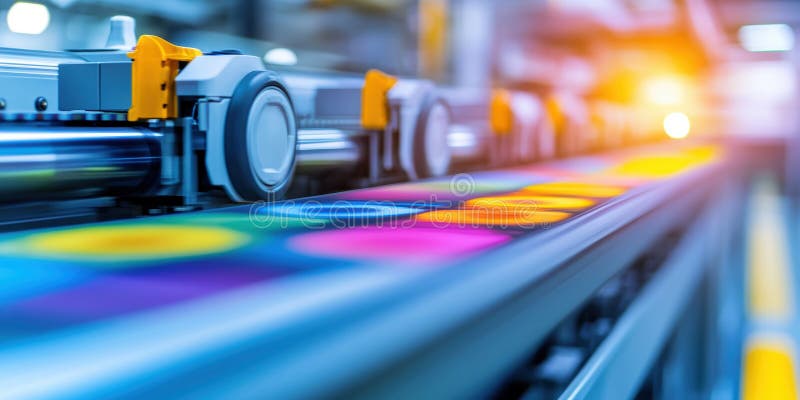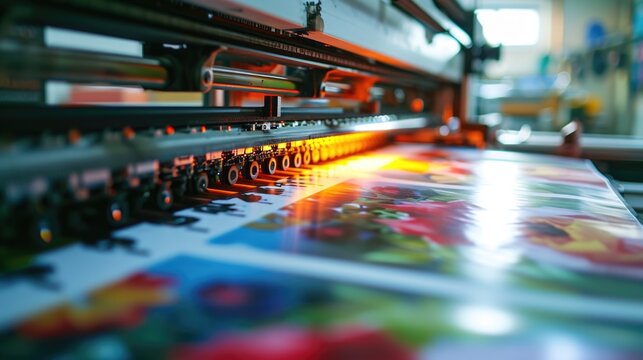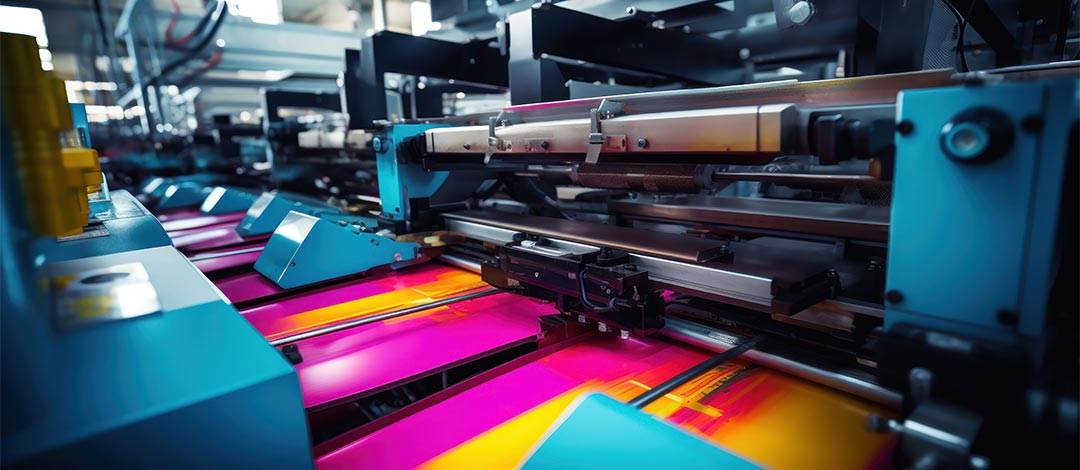In the vast world of printing, offset printing stands out as a remarkably efficient and widely used method, especially in industrial settings. Known for its high-quality output and cost-effectiveness, offset printing for industrial applications has become indispensable. This article delves into the myriad benefits and uses of this technology, offering insights for business professionals looking to leverage it for their industrial needs.

Understanding Offset Printing
Before exploring its industrial uses, it is crucial to understand what offset printing entails. Essentially, it is a technique where an inked image is transferred from a plate to a rubber blanket, then to the printing surface. This method is renowned for producing consistent, high-quality prints.
History of Offset Printing
The origins of offset printing trace back to the early 20th century. Initially developed to improve lithography, it has evolved significantly over the years. Today, it is the preferred choice in many industrial sectors due to its efficiency and versatility.
Key Components of Offset Printing
Offset printing involves several critical components, including plates, blankets, and rollers. Each plays a vital role in ensuring the process runs smoothly and produces the desired results.
Benefits of Offset Printing in Industrial Applications
High-Quality Output
One of the primary advantages of offset printing is its ability to produce high-quality prints. Whether it’s brochures, magazines, or packaging materials, the clarity and sharpness of the images are unparalleled.
Cost-Effectiveness
For large-scale production, offset printing proves to be cost-effective. Once the initial setup is complete, the cost per unit decreases significantly, making it an economical choice for mass production.
Versatility
The versatility of offset printing allows it to be used on various materials, including paper, cardboard, and plastic. This adaptability makes it ideal for diverse industrial applications.
Speed and Efficiency
In industrial settings, time is often of the essence. Offset printing offers rapid production speeds without compromising on quality, making it a preferred option for time-sensitive projects.
Industrial Uses of Offset Printing
Packaging Industry
The packaging industry heavily relies on offset printing for producing boxes, labels, and other packaging materials. Its ability to handle large volumes efficiently makes it indispensable in this sector.
Publishing Industry
Books, magazines, and newspapers are often printed using offset printing. The method’s ability to produce high-quality images and text ensures that publications meet readers’ expectations.
For more insights on how offset printing benefits the publishing industry, visit this page.
Advertising and Marketing
In advertising, the clarity and quality of prints can make or break a campaign. Offset printing is widely used for creating posters, flyers, and banners that capture attention and convey messages effectively.
Corporate Printing Needs
Many businesses require printed materials for internal and external communication. From business cards to annual reports, offset printing ensures these documents are professional and impactful.
Learn more about how offset printing can enhance corporate communication by visiting this article.
Comparing Offset Printing with Other Methods
Offset Printing vs. Digital Printing
While both methods have their merits, offset printing is often preferred for large-volume projects due to its cost-effectiveness. Digital printing, on the other hand, is ideal for short runs and customization.
For a comprehensive comparison, check out this external resource.
Offset Printing vs. Flexography
Flexography is another popular printing method, especially for packaging. However, offset printing offers superior image quality, making it the go-to choice for high-end packaging projects.
The Future of Offset Printing in Industry
Technological Advancements
As technology continues to evolve, so does offset printing. Innovations in automation and digital integration are enhancing the efficiency and capabilities of this traditional printing method.
Sustainability in Offset Printing
With an increasing focus on sustainability, the printing industry is adopting eco-friendly practices. Offset printing is evolving to meet these demands, offering greener solutions for industrial applications.
Conclusion
In conclusion, offset printing for industrial applications is a powerful tool for businesses looking to produce high-quality printed materials efficiently and cost-effectively. Its versatility and reliability make it a staple in various industries, from packaging to publishing. As technology advances, offset printing will continue to adapt, ensuring it remains a valuable asset for industrial purposes.

FAQ
What is offset printing primarily used for?
Offset printing is primarily used for producing high-quality prints in large volumes, making it ideal for industries such as packaging, publishing, and advertising.
How does offset printing compare to digital printing?
Offset printing is generally more cost-effective for large runs, while digital printing is better suited for short runs and customization. Both methods have their unique advantages.
Is offset printing environmentally friendly?
Yes, offset printing is becoming more environmentally friendly with advancements in eco-friendly inks and sustainable practices, making it a greener choice for industrial applications.
This article contains affiliate links. We may earn a commission at no extra cost to you.







